What is the best soil for container gardening? Expert insights for happy, healthy plants
Choosing a suitable soil is essential for container gardening success – here’s what you need to know
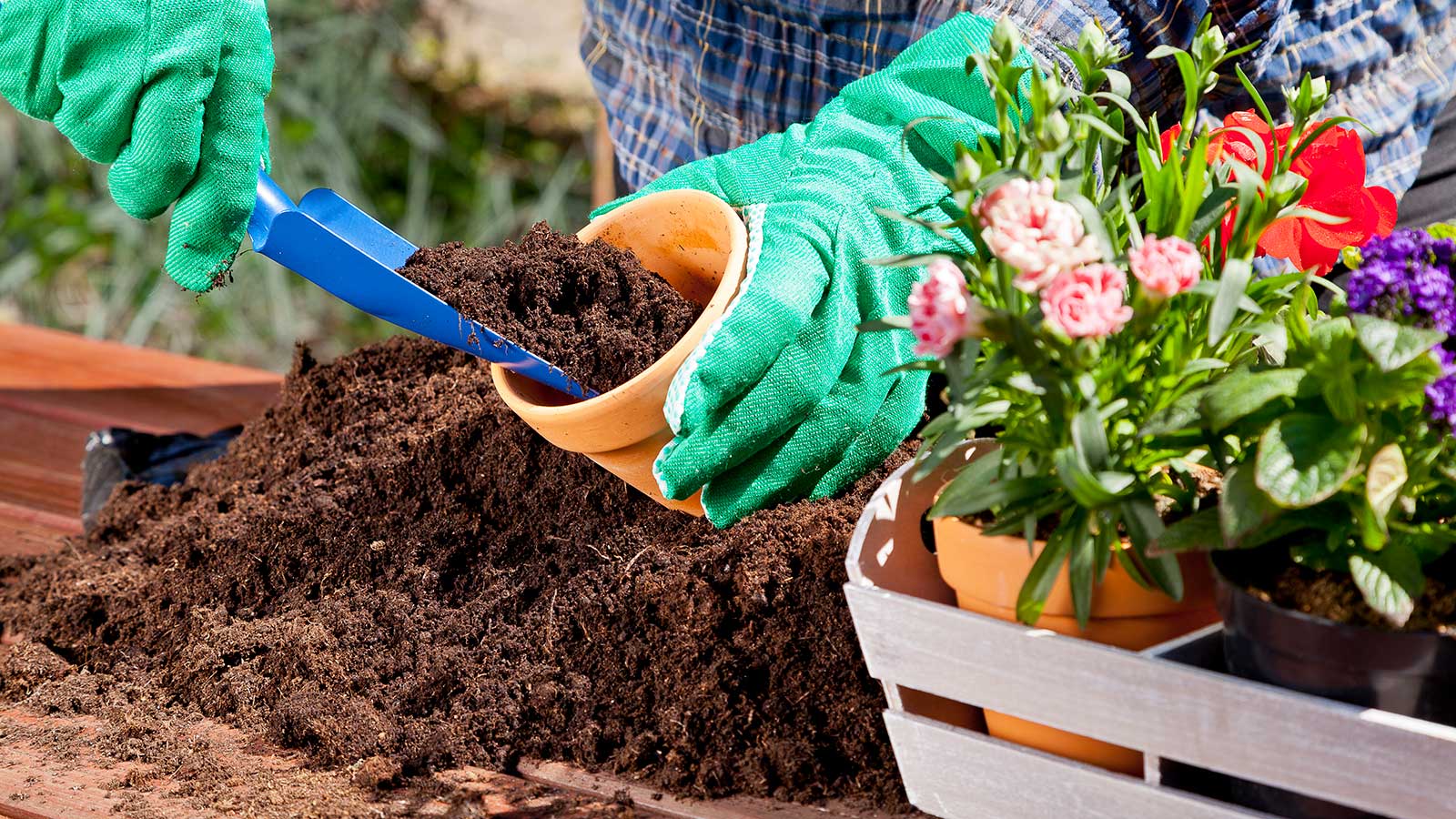

Container gardening is one of the best ways to bring a patio or balcony to life. But before you plant flowers and foliage into your favorite pots, there’s a fundamental step you’ll need to get right.
Just like when growing in garden borders, the type of soil you use can affect the performance of your container plants. Amy Enfield, senior horticulturist at ScottsMiracle-Gro says, ‘Potting mixes used in container gardening are light, fluffy, and formulated to provide the right balance of air spaces, drainage, and water holding for your plants to thrive.’
Conveniently, there are plenty of pre-made potting soil mixes available. It’s also possible to make your own.
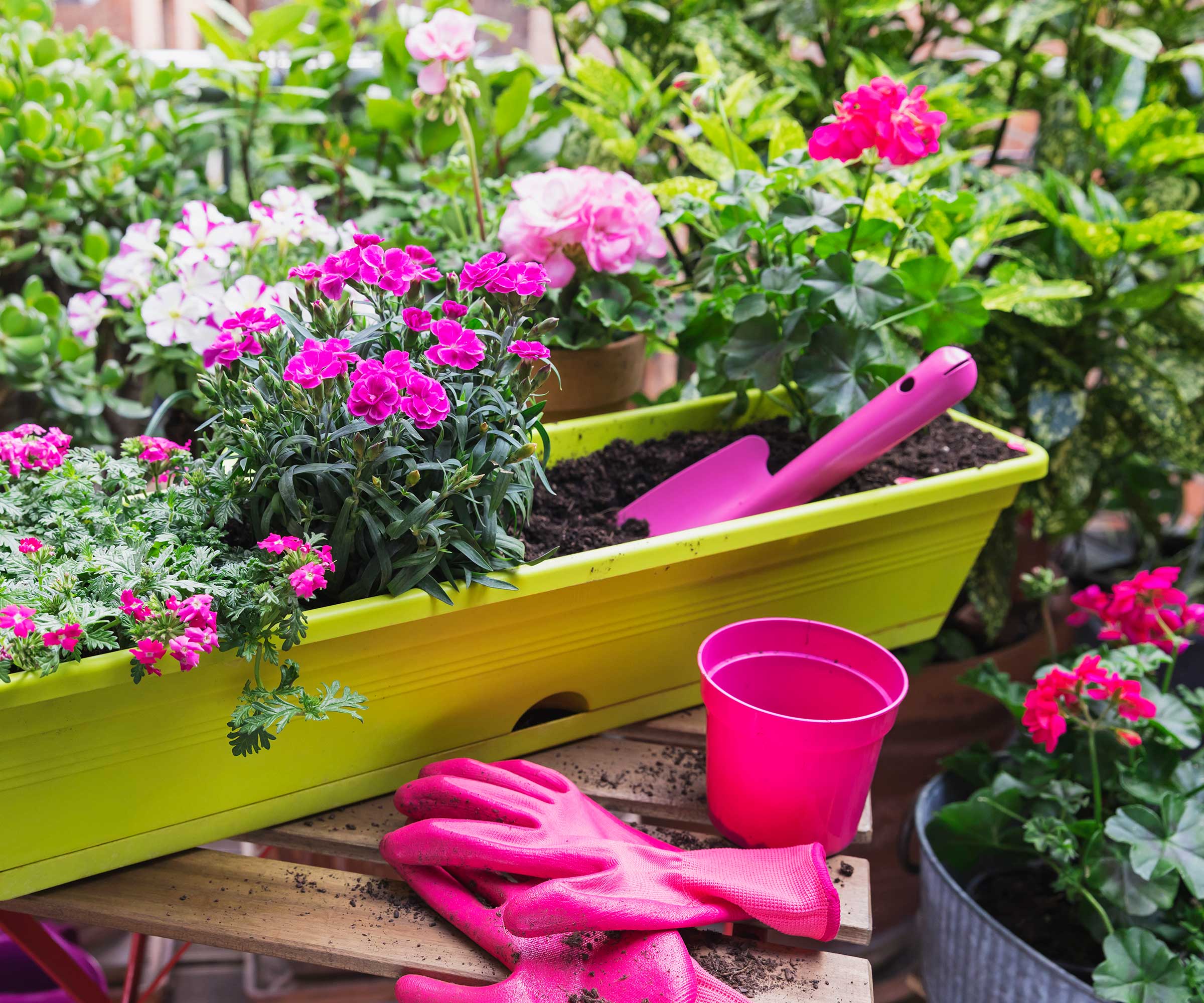
Choosing the right soil mix will help your container plants flourish

Amy has over 25 years of experience in the lawn and garden industry and has been with ScottsMiracle-Gro for 11 years. She has a BS and MS in Horticulture from Michigan State University and a Ph.D. in Plant and Environmental Sciences from Clemson University.
Buying pre-made soil mixes for container gardening
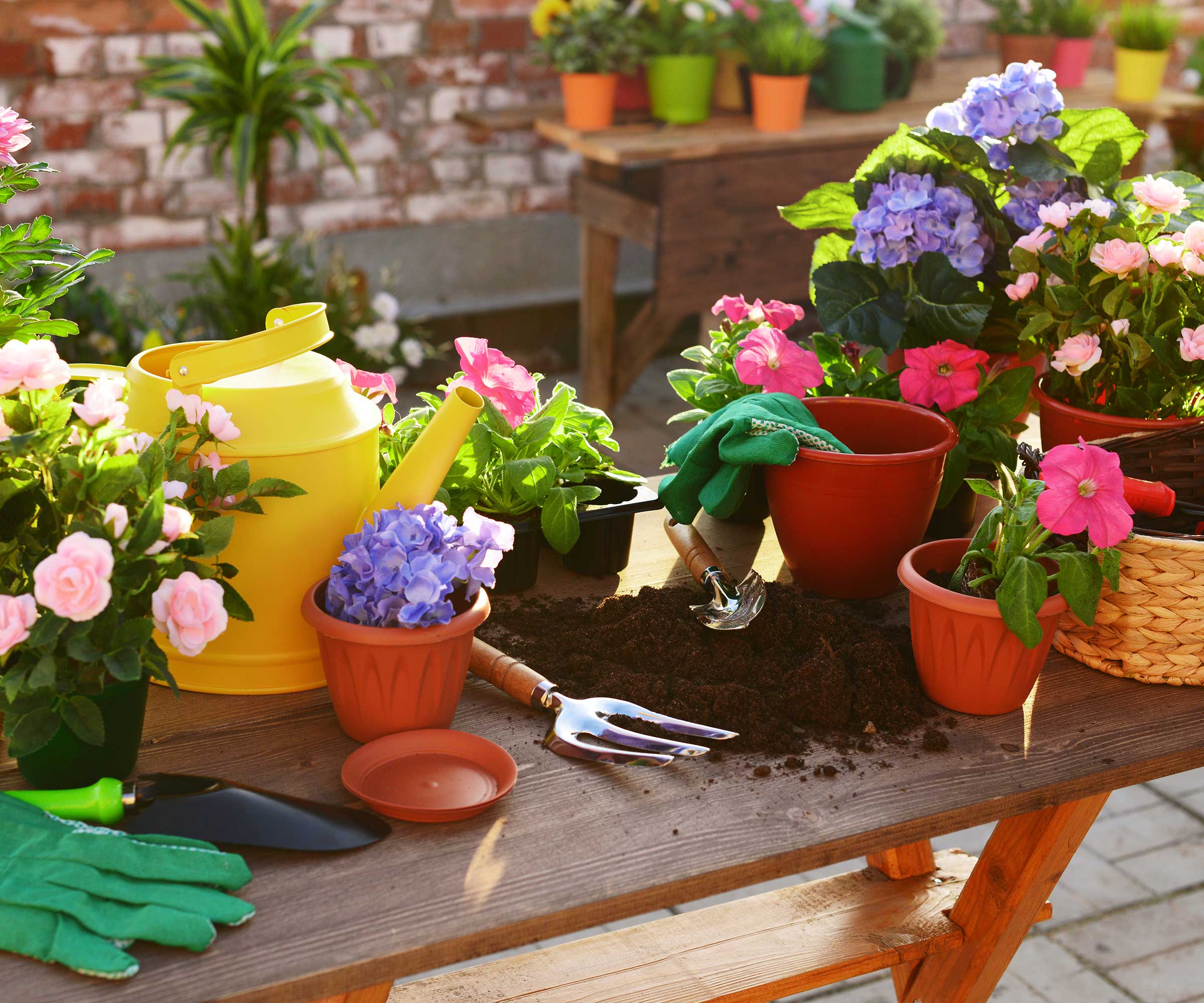
Pre-blended potting mixes are widely available
Using a bag of pre-blended soil bought from a store is a quick and easy way to pot up plants. ‘Look for bags that specifically call out “potting” or “for use with containers”,’ says Amy.
These mixes are usually a blend of sphagnum peat moss, aged bark fines, perlite, and a slow-release fertilizer, Amy explains. ‘Some mixes may also contain coir, wood fiber, sand, pumice, and sometimes compost.’
These different elements provide a variety of properties to the mix. For instance, perlite is great for improving drainage and aeration, which encourages healthy roots in your potted plants.
‘Potting mixes containing some compost are ideal for outdoor containers, particularly larger containers (10 inches or greater),’ says Amy. ‘It provides a little extra weight to the container.’
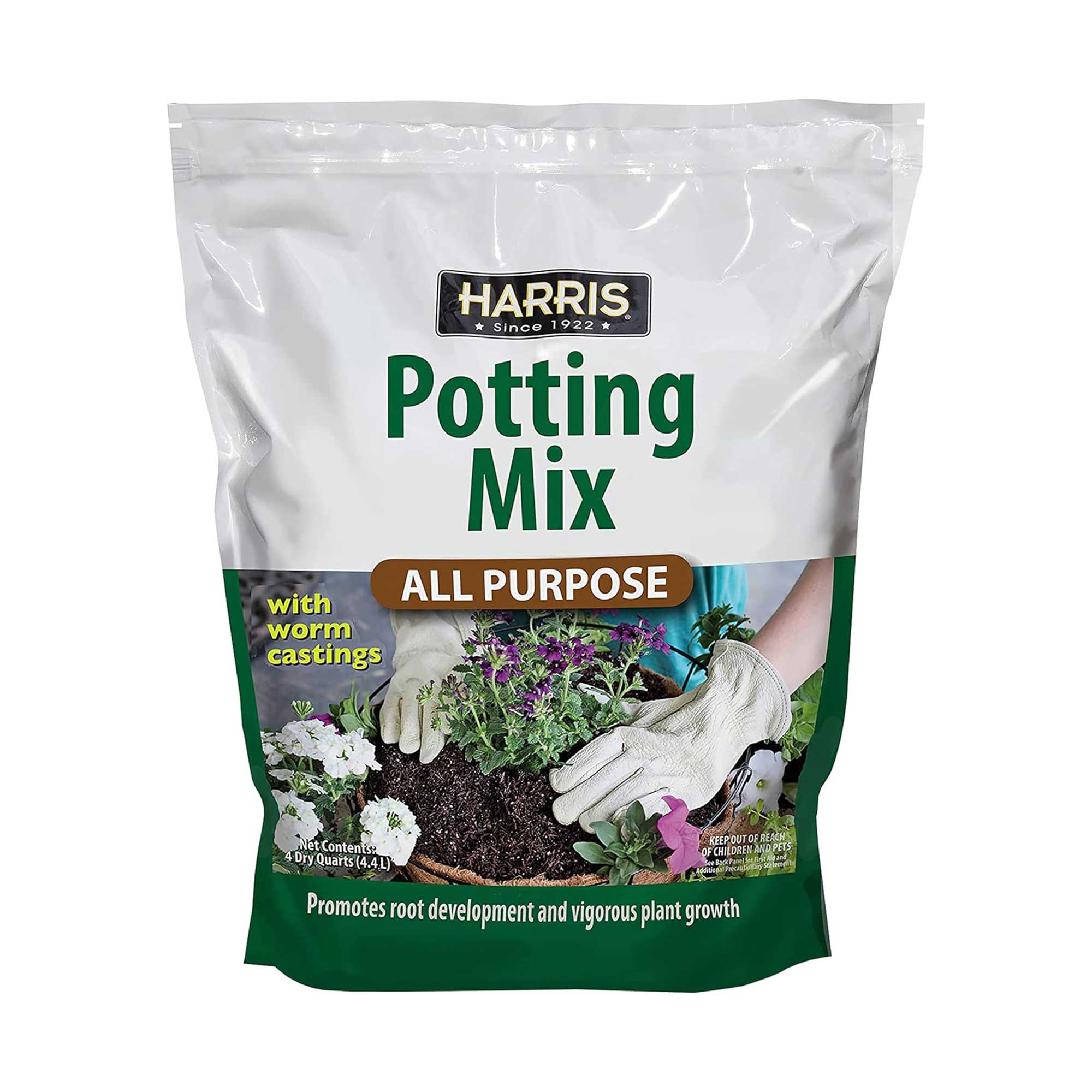
This potting mix can be used for both indoor and outdoor growing, and contains nutrient-rich worm castings.
How to make your own soil mix for container gardening

Some plants may prefer certain soil amendments
‘While purchasing a ready-made potting mix from your local garden center is easiest, sometimes you may want to create your own soil blend,’ says Amy. ‘You may also decide to further enhance the drainage of pre-blended, ready-made potting mixes, depending on what you’re growing.'
The most basic potting mix is a 50/50 blend of sphagnum peat moss and perlite, she says. 'If you want a mix that has more drainage, you may add additional perlite, pumice, sand, or aged bark fines. If you want a mix that holds more moisture, you may replace some of the peat moss with coir.’
Anna Ohler, the owner of Bright Lane Gardens nursery, says, 'Depending on your plants' needs, you may want to add a slow-release fertilizer to your soil mix to provide nutrients over time.' However, if you are potting up a bare root plant or a very young plant, you will not want to use fertilizer right away, she warns. 'My general rule of thumb is to wait until plants have several sets of leaves before adding any fertilizer. Doing so sooner may result in burning the roots of your plant.'
Juan Palacio, the CEO of BloomsyBox, also notes how different plants have different requirements in terms of pH. 'For instance, acid-loving plants like azaleas and blueberries require soil with a lower pH, which can be achieved by adding sulfur,' he says. Alternatively, you could use a specifically formulated potting mix for acid-loving plants, he adds.
Top tip: Anna recommends using coco coir instead of peat moss. It is a very similar additive yet more climate friendly, she says, making it suited for sustainable gardening.
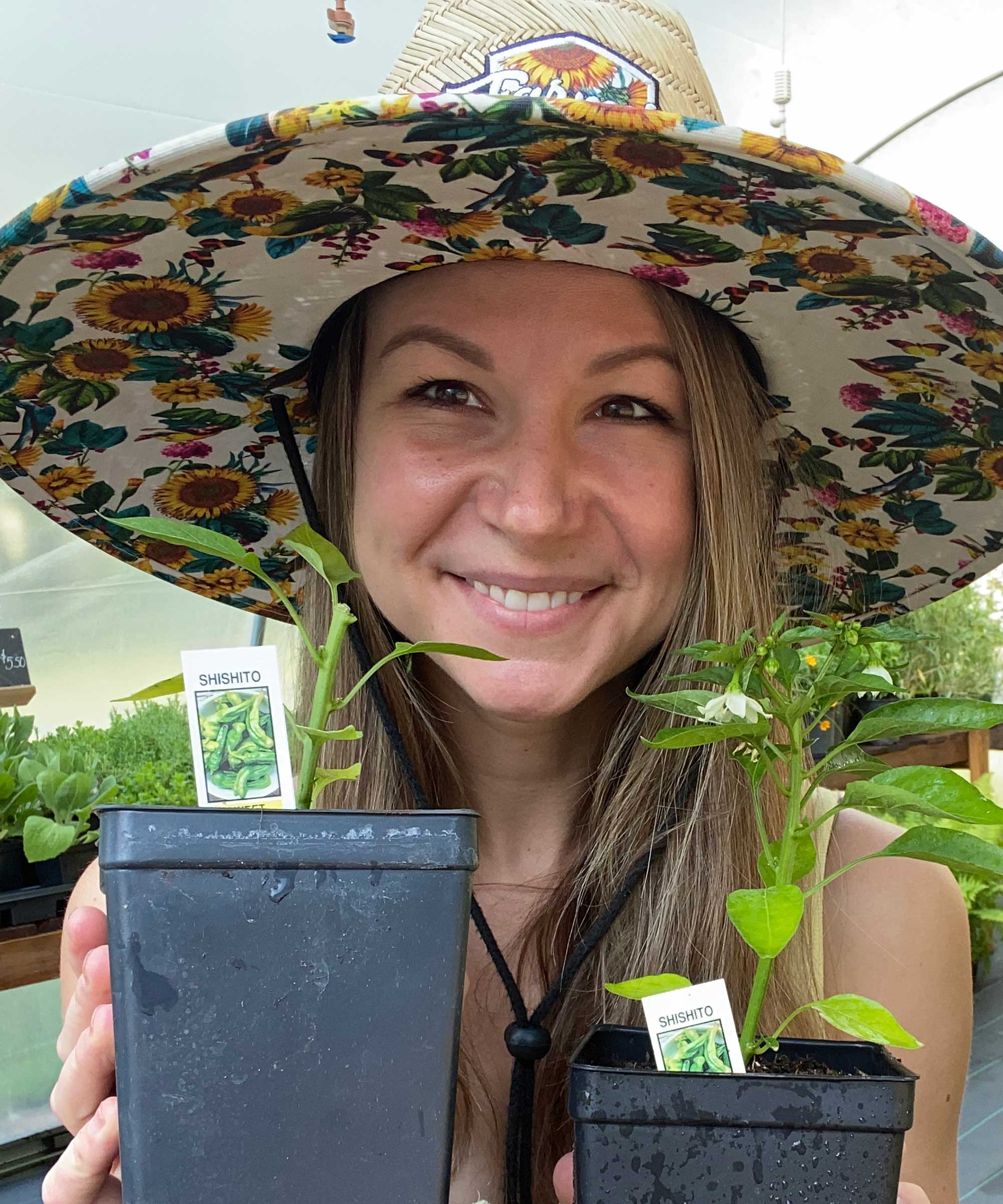
Anna is an avid plant hobbyist and the owner and operator of Bright Lane Gardens, a boutique plant nursery in Northern Michigan. With over a decade of experience in gardening and landscaping, she takes every opportunity to share her knowledge on all things plant-related. She also runs the company's YouTube channel, which is full of practical advice.
FAQs
What potting soil should you use for houseplants?
Many pre-blended potting mixes are suitable for both outdoor and indoor plants, but double-check the label. Some houseplants, however, may benefit from a few amendments, such as an extra handful of perlite or grit. This can be helpful when growing succulents, for instance – they need very good drainage, otherwise they’re susceptible to root rot.
‘Tropical plants grown indoors also benefit from additional drainage, so their roots don’t become waterlogged,’ says Amy. The Miracle-Gro® Tropical Potting Mix, available from Amazon, includes lava rock for added drainage. The benefit of lava rocks (or pumice) over, say, aged bark fines, is that lava rock does not attract fungus gnats like bark fines can, she explains.
There are also mixes that are specifically formulated for different varieties of houseplants, such as this orchid potting mix from Leaves and Soul at Amazon.
Alternatively, you can grow some houseplants without soil, by using water instead.
What type of soil should you avoid in pots?
Even though it may seem like an easy solution, don’t be tempted to use garden soil in your containers. Amy warns that it is too heavy and dense and becomes compacted.
‘Along the same lines, ready-made soil blends that are labeled for “in-ground use”, “garden soil”, or “raised bed soil” are also not formulated for use in containers.’
Choosing the best soil for container gardening isn't the only factor you'll need to consider – watering your pots correctly is also important. There are some common container gardening mistakes worth bearing in mind, too.
Sign up to the Homes & Gardens newsletter
Design expertise in your inbox – from inspiring decorating ideas and beautiful celebrity homes to practical gardening advice and shopping round-ups.

Holly started writing about gardening five years ago, and she is a regular contributor to Homes & Gardens. She has also written many gardening features for Woman & Home and Real Homes, too. She has previous experience as a professional gardener, where she helped to plant and maintain private gardens. Holly has also looked after allotment plots over the years and loves to grow her own flowers and veggies from seed. In her spare time, she enjoys visiting local gardens, botanical drawing, and tending to her ever-growing collection of houseplants.
-
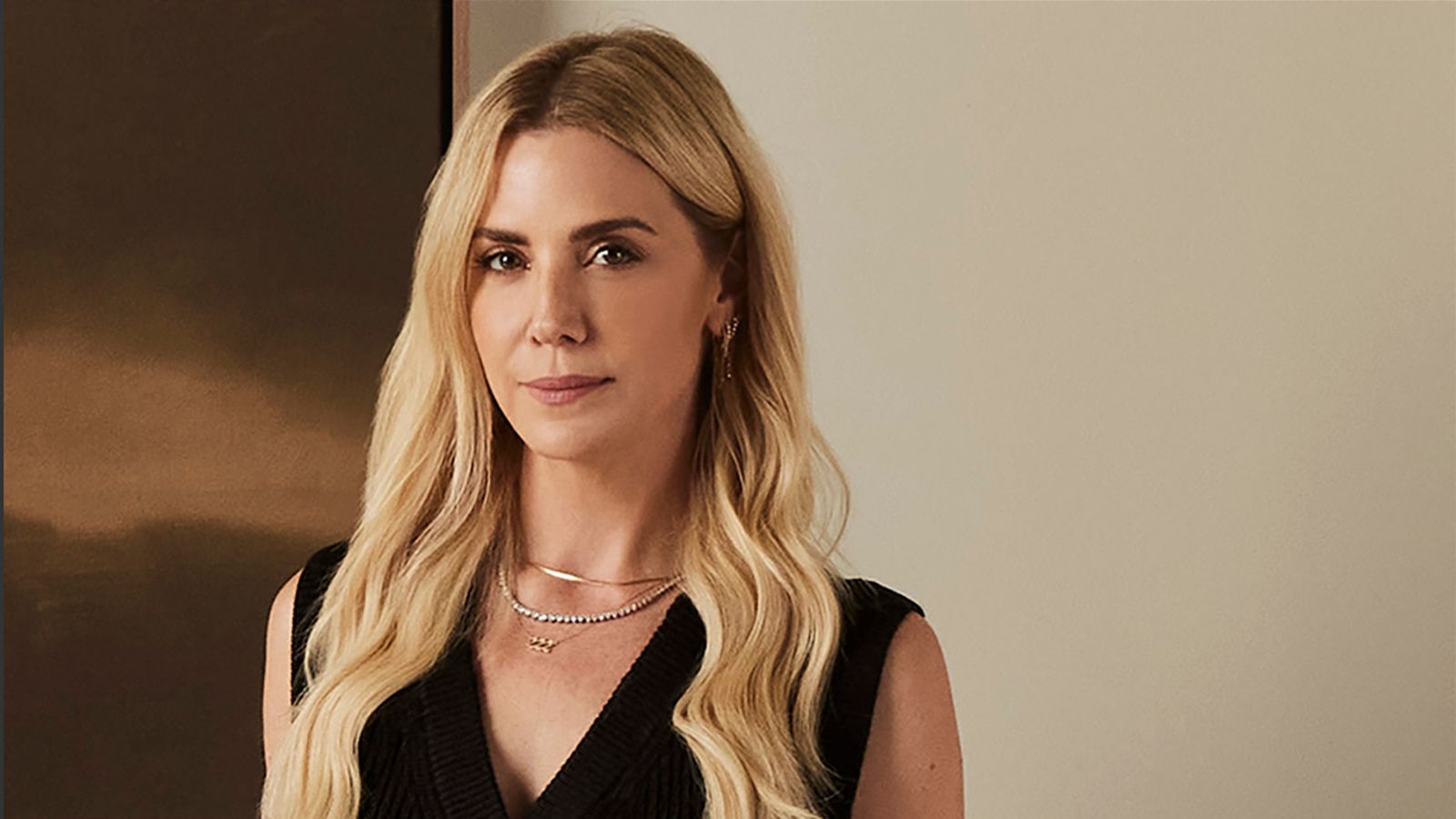 I've never considered this unexpected kitchen cabinet design before – but Amber Interiors' latest project proves it's the chicest way to add texture to your scheme
I've never considered this unexpected kitchen cabinet design before – but Amber Interiors' latest project proves it's the chicest way to add texture to your schemeThe paneled cabinetry truly brings the design to life
By Molly Malsom Published
-
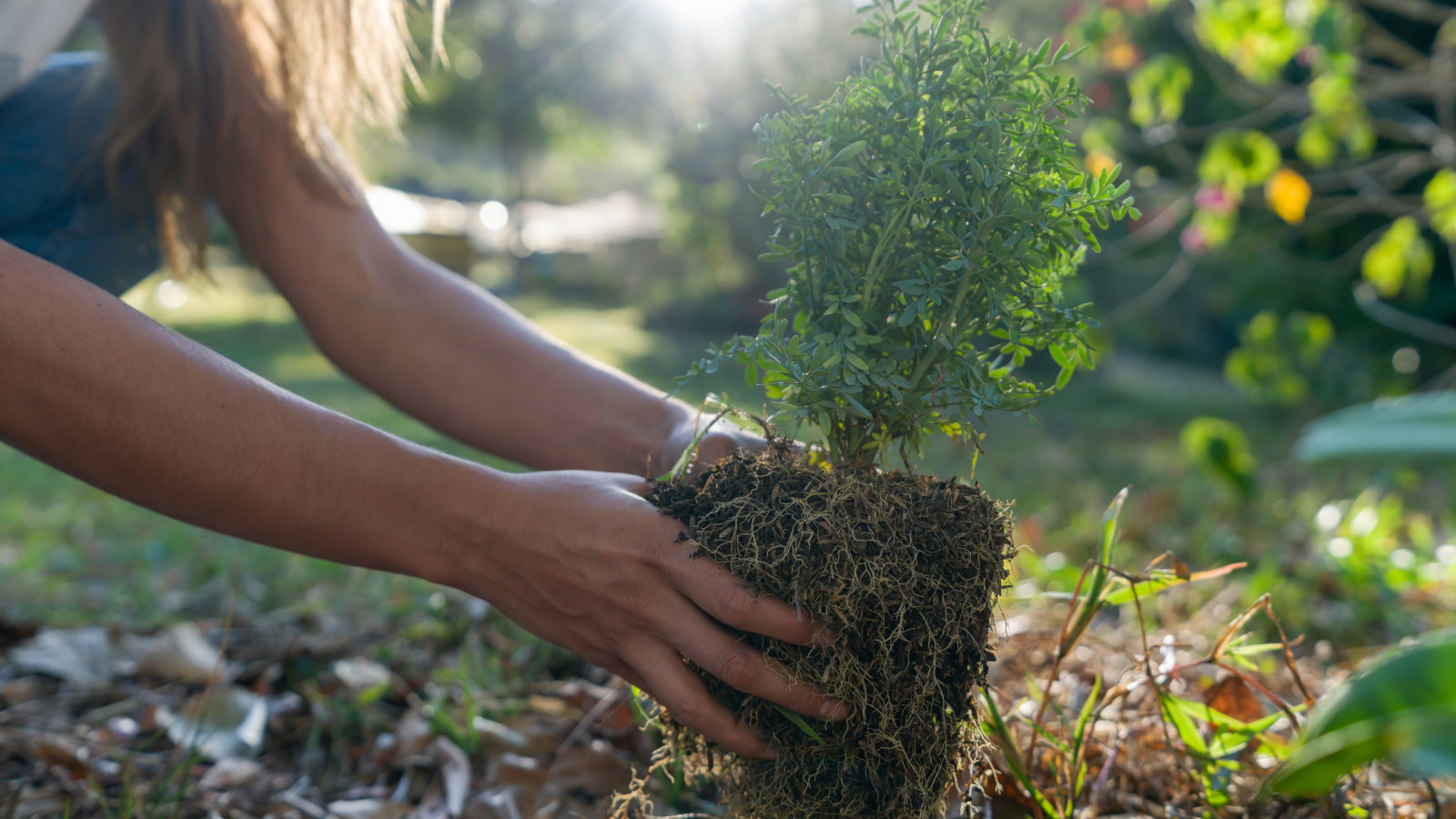 7 shrubs to plant in April to transform beds and borders – including native plants and bushes suitable for dry or wet spots
7 shrubs to plant in April to transform beds and borders – including native plants and bushes suitable for dry or wet spotsThese shrubs can bring flowers, texture, and fragrance, as well as attracting beneficial insects and birds
By Drew Swainston Published